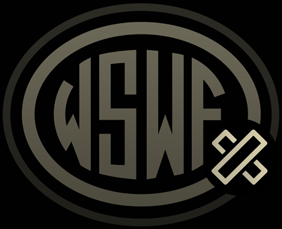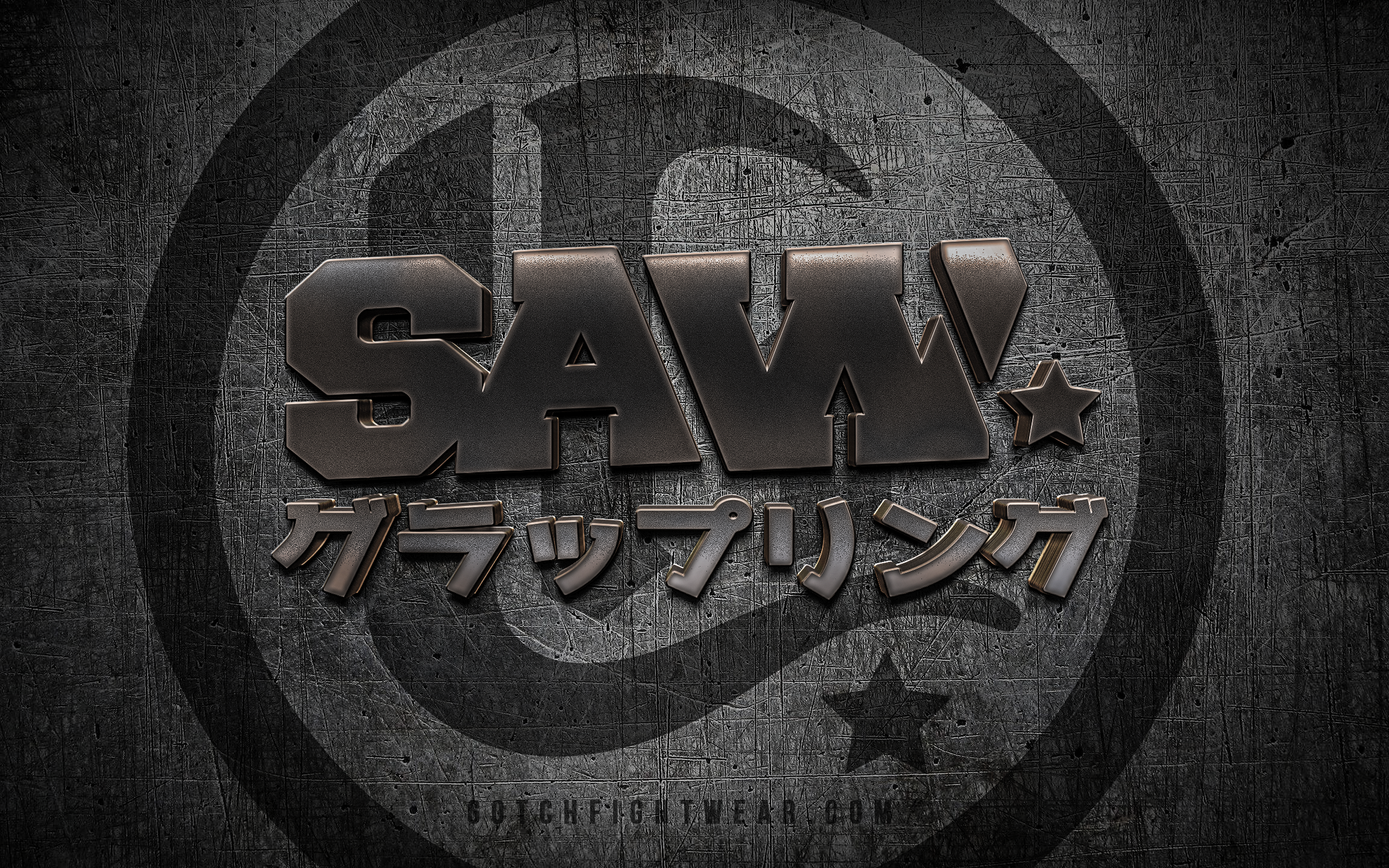The beginning of the 20th century witnessed several encounters between Catch Wrestlers and their Japanese counterparts, these epic clash of the styles matches catapulted both the Gentle Art and it’s rough nemesis to the mainstream. While Westerners like President Theodore Roosevelt adopted Judo, back then popularly known as Jiu Jitsu, many Japanese fans were blown away by the feats of Catch Wrestling Titans like Ad Santel, and later Karl Gotch, seeding an interest in the Violent Art that would eventually give birth to their own blends and versions. One of these variations is the lesser known Submission Arts Wrestling (SAW), a grappling style for savages introduced in the 80’s by Hidetaka Aso. The heavyweight wrestler, a regular to the UWF Dojo, used a Catch Wrestling Framework to put together a martial art that incorporated elements from his Judo Background as a 6th Degree Kodokan Black belt and his competitive career as a sambist under the tutelage of Viktor Koga, a Russian-Japanese Sambo Master and Pioneer of the Soviet martial art in Japan.
Much like in Luta Livre, A Brazilian Catch Wrestling based martial art, SAW practitioners are ranked with the traditional Japanese grading system of Kyū and Dan used in Judo.
Here are some BJJ Black Belts that are also SAW Black Belts:
Allen Chambers. A guru of the fight science and self defense expert, Chambers is a BJJ black belt under World Renowned Coach Erik Paulson.
Jay Pages. The decorated Jiu Jitsu Champion is a 3rd Degree BJJ black belt under 12 times World IBJJF Champion Caio Terra.
Mike Martelle. ADCC veteran and former MMA Canadian Champion Mike Martelle is a BJJ Black Belt under Pride Legend Enson Inoue.
SAW is often seen as unorthodox but is brutally effective and worthy of being preserved, specially with the direction mainstream competition is taking. Hidetaka Aso produced several textbooks on his approach to grappling and SAW continues to be expanded thanks to efforts of thousands of practitioners around the world. There is a very active Federation with Headquarters in Japan, home of a Competition League that hosts official SAW tournaments every year, and branches like the All Japan Joint Technique Federation (AJJTF) that have international reach.

